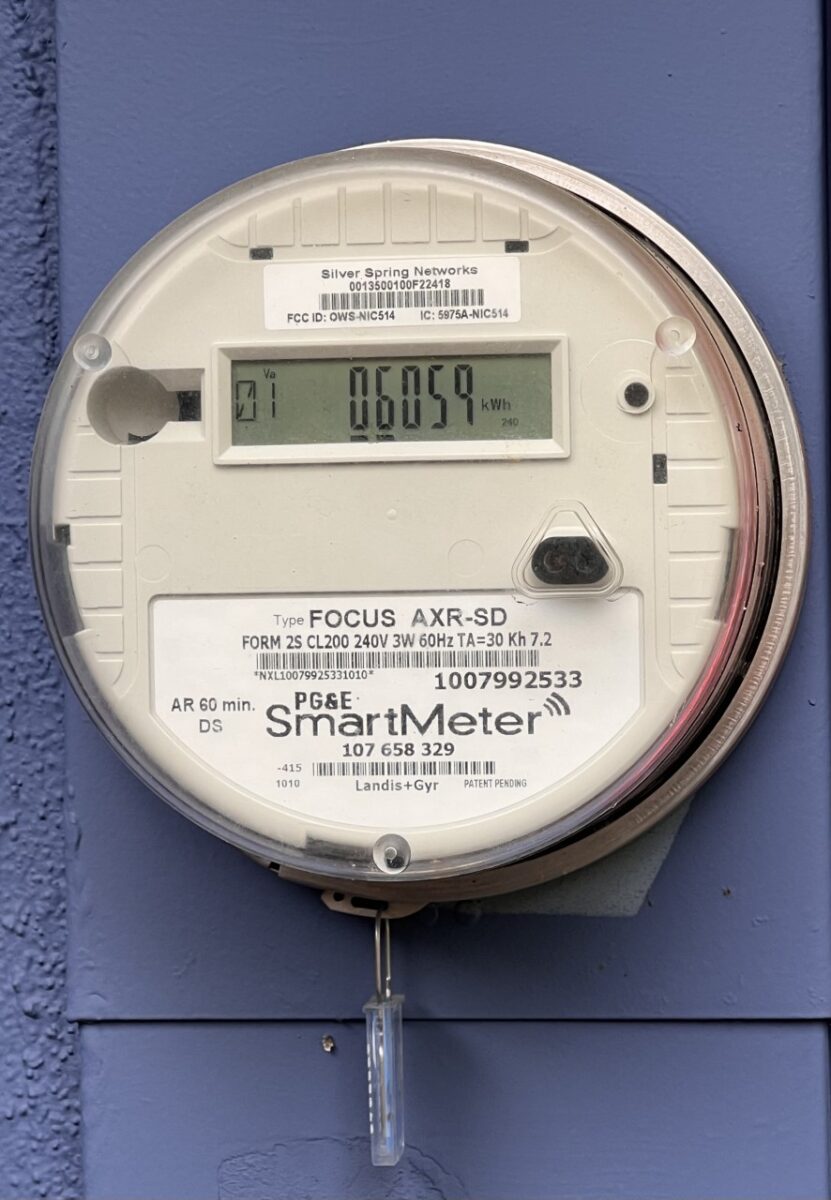The California Public Utilities Commission (CPUC) has voted to approve a controversial electricity rate rule called the Income-Graduated Fixed Charge, enabling utilities to assess an average $24 monthly fixed charge on residential bills.
The fixed charge is roughly double the national average in the United States. It applies to all customers, regardless of how much electricity they consume. Opponents of the rate case argue that it will discourage energy conservation and efficiency at home. Grid expert and economist Ahmad Faruqui said the charge will disproportionately harm customers with low electric bills.
A major concern about the fixed charge, first introduced in California AB 205, is that it places no limit on how much the state’s largest investor-owned utilities can increase the fixed charge. Consumer and environmental advocates attempted to place a cap on the fixed charge at $10 per month, and despite the bill’s popularity, it was blocked from advancing to the committee for a vote.
“What is $24 today will turn into $80 tomorrow,” warned the Coalition for Environmental Equity and Economics.
Earlier proposals from California utilities proposed a fixed charge as high as $128 per month, and the door is now open for utilities to pursue these high charges. Upon the vote, CPUC said there needs to be “scrutiny” on future utility requests for increases to fixed charges, but language in the proposed decision creates no legal mandate for limiting fixed rate hikes.
Opponents of the rule also argue that the economics of rooftop solar are harmed by the proposal. Even if a customer’s rooftop solar array provides 100% of their electricity usage year-round, the fixed charge would apply, offsetting potential bill savings. California has made a series of regulatory and ratemaking changes that have challenged rooftop solar, causing industry leaders to flag concern that California may be off track in meeting its clean energy goals as a result.
California is currently suffering an electricity affordability crisis. Utility filings show that over 20% of customers of the three large utilities are over a month late on their bills, and that number rises to 33% in low-income brackets. Low-income customers are offered a discount in the monthly discount, so long as they self-attest to their income level in state programs like CARE.
CPUC said the fixed charge will help decouple energy generation charges from transmission, distribution, and grid maintenance charges. Along with the fixed charge, electricity rates for generation, called volumetric rates, will be reduced by about 5 to 7 cents per kilowatt hour.
While the volumetric rates have been lowered in this proposal by five to seven cents, this discount is essentially washed out by recent rate increases. PG&E approved a 13% rate hike, in 2024, while the proposed decision is expected to reduce rates by roughly 19%.
(Read: “California electricity pricing exploded in the last three years, far outpacing inflation”)
Peak demand electricity rates in PG&E currently exceed $0.62 per kWh. A solar and storage industry contact shared that these rates are expected to continue to skyrocket.
“We have been told every utility has a target to be over $1.00 in the near future for peak, summer rates,” the contact told pv magazine USA.
The fixed rate will appear on customer bills in late 2025 for SCE and SDG&E customers and early 2026 for PG&E customers.
This content is protected by copyright and may not be reused. If you want to cooperate with us and would like to reuse some of our content, please contact: editors@pv-magazine.com.









So how will PG&E get your household income info? Automatic access to your state income tax info?